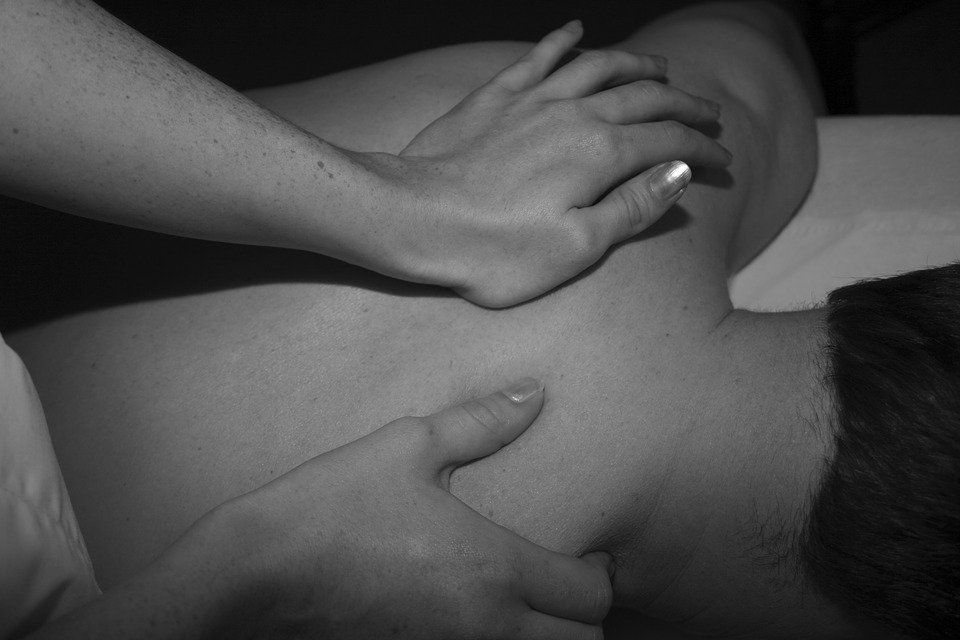
There are a handful of health conditions that medical knowledge hasn't conquered, and complex regional pain syndrome (CRPS) is one of them. It is a chronic disease that affects the nervous system, causing unimaginable pain and discomfort to its victims. CRPS usually affects the hands and legs.
One distinctive indication of CRPS is that the pain is persistent. Instead of subsiding with time, it worsens and could lead to prolonged physical impairment. In some cases, CRPS spreads to other parts of the body, including internal organs like the kidneys and the gastrointestinal tract.
CRPS can occur due to crash injuries, blunt trauma, sprain, dislocation, fracture, chest trauma, or acute traumatic carpal tunnel syndrome. There are two types of CRPS, types 1 and 2, classified based on whether the pain is due to a definite nerve injury. Type 1 CRPS, sometimes called reflex sympathetic dystrophy (RSD), is CRPS that isn't caused by a nerve injury. That is, the incident that resulted in pain did not damage any nerve in the affected area. Type 2 CRPS, also known as causalgia, occurs after an incident that resulted in nerve injury.
Signs of Complex Regional Pain Syndrome (CRPS)
The most common signs of CRPS are:
- Pain that is more severe than the cause; such as years of excruciating pain after a minor ankle sprain
- Spontaneous or unprovoked pain with a burning sensation
- Skin sensitivity; mild sensations like touch causing pain in the affected limb
- Swelling of the affected area
- Unusual changes in skin color or temperature; the affected limb feeling cooler or warmer than the other or changing color, becoming red, pale, purple, blotchy, blue, or grey
- Abnormal changes in skin texture; if the nerves under the skin are injured, it can affect the blood vessels supplying the area and limit oxygen and nutrient supply. This can cause a change in skin texture, making it appear smooth or scaly.
- Unusual sweating; there may be no sweating on the affected limb or profuse sweating
- Abnormal hair and nail growth; rapid hair and nail growth on the affected arm or leg, or no growth
- Muscle weakness; the pain, inflammation, and poor blood circulation to the limb can make someone suffering from CRPS unable to move their body due to weakness.
- Joint stiffness; when there's reduced movement of a joint, it can reduce flexibility and result in stiffness.
These symptoms are not an automatic diagnosis for complex regional pain syndrome. In fact, medical science hasn't developed a specific test for diagnosing CRPS. As a result, doctors diagnose the condition by ruling out other health problems with symptoms like those in CRPS.
So, if a doctor suspects a patient has CRPS, they may recommend bone scans, x-rays, MRI scans, or other lab tests. The doctor may also perform a physical examination and ask a series of questions about the patient's medical history. This is because of some relation between CRPS and genetics.
Treatment Options for Complex Regional Pain Syndrome (CRPS)
Currently, there are no known cures for complex regional pain syndrome. But doctors can recommend specific therapies to alleviate the CRPS symptoms and help patients live more comfortably. A patient can also leverage services at CRPS treatment clinics like The Spero Clinic. Generally, CRPS treatment involves a combination of two or more treatment plans such as:
Physical Rehabilitation
A physical rehabilitation program is an essential aspect of CRPS treatment because the condition can severely impair one's ability to move. Physical rehabilitation can help increase physical activity without aggravating pain or swelling.
After some time, the person can start using their limbs properly. Bear in mind that it is a gradual healing process that could take several months for recovery. Physical rehabilitation for CRPS might include hydrotherapy, gentle stretches, desensitization, graded motor imagery, and mirror visual feedback.
Self-education and Management
Doctors often encourage self-education and management for CRPS so that patients can understand their conditions better and know what to do when the pain starts. Usually, the doctor recommends physical exercises of the affected body part to keep it active. They may also recommend relaxation methods and desensitization techniques that can help improve the patient's quality of life.
Emotional Support
Complex regional pain syndrome is an extremely distressing condition that can cause depression, anxiety, and other psychological problems. So, in addition to pain management and physical rehabilitation, a doctor may recommend psychological treatment like CBT (cognitive behavioral therapy).
Administration of Pain Killers
Painkillers like NSAIDs (non-steroidal anti-inflammatory drugs) and opioids are helpful when treating CRPS. They can help reduce the muscle pains in CRPS and enable people to move the affected limbs better. Doctors can also recommend tricyclic antidepressants or anticonvulsants to help manage the pain.